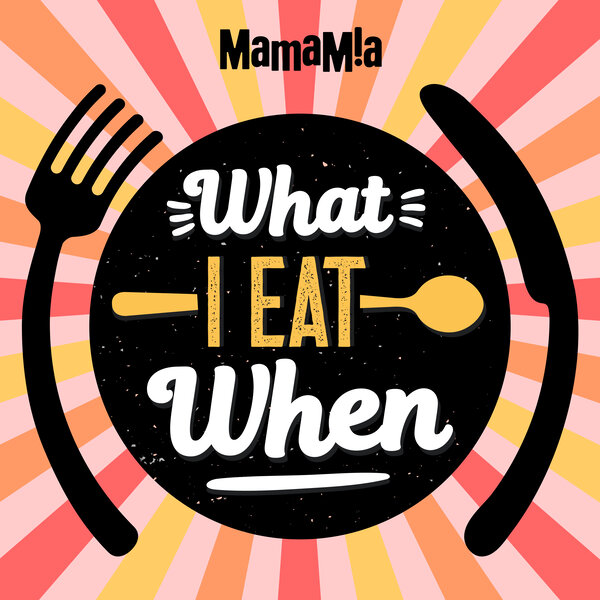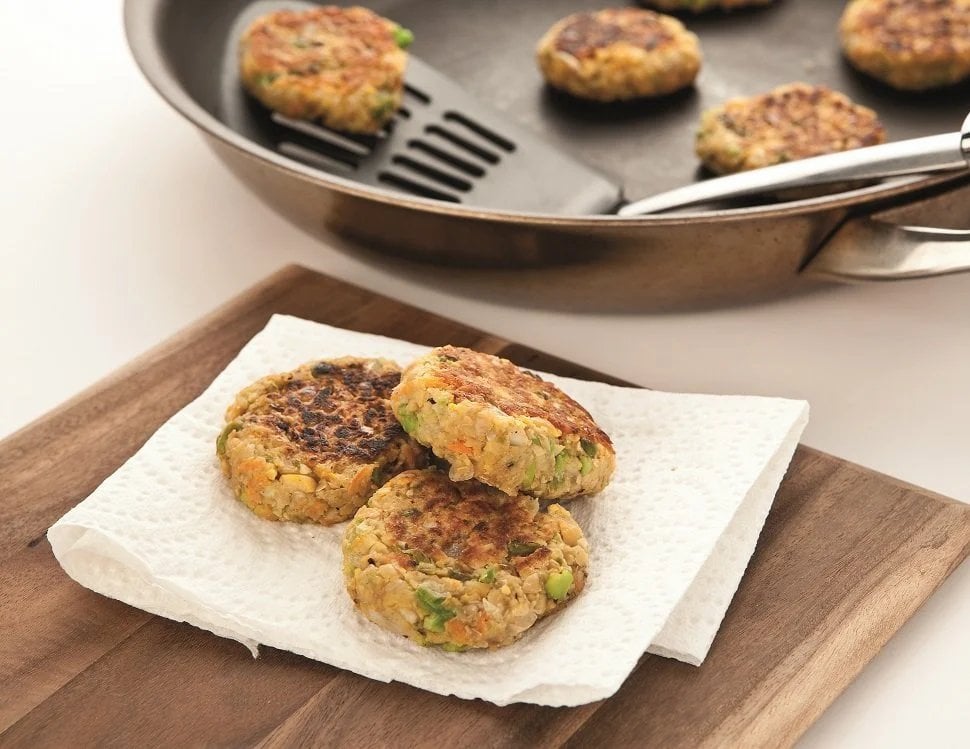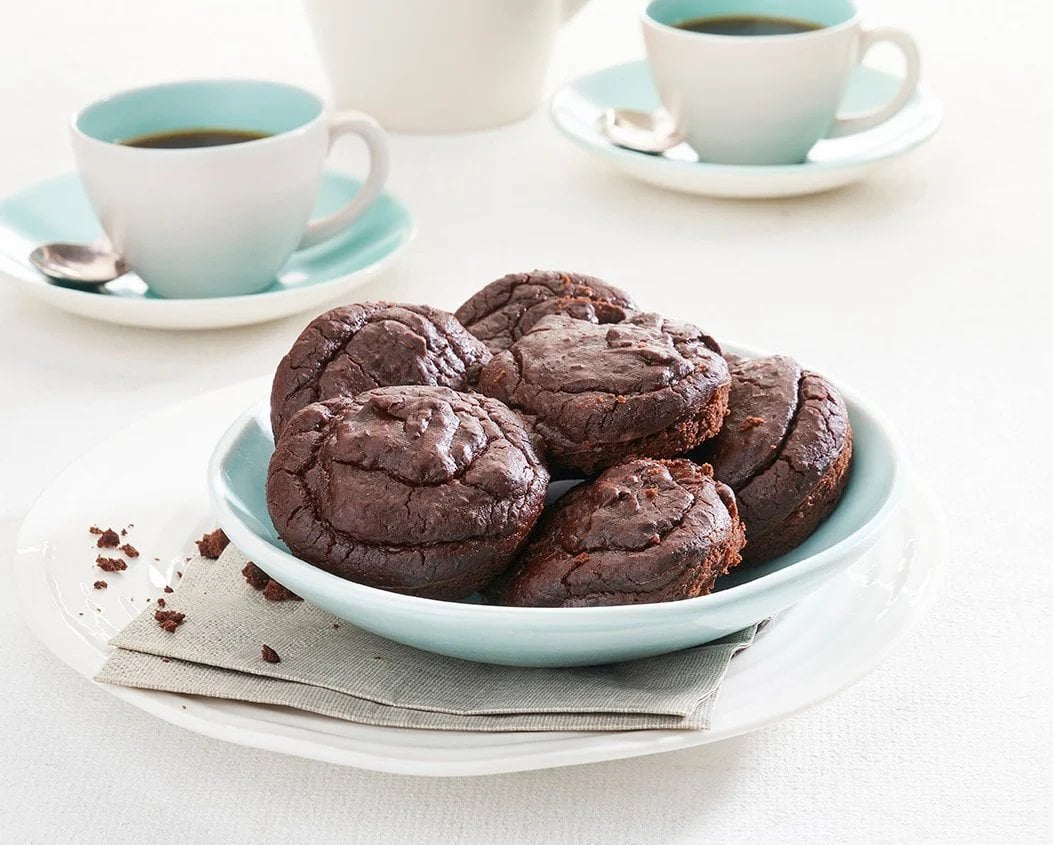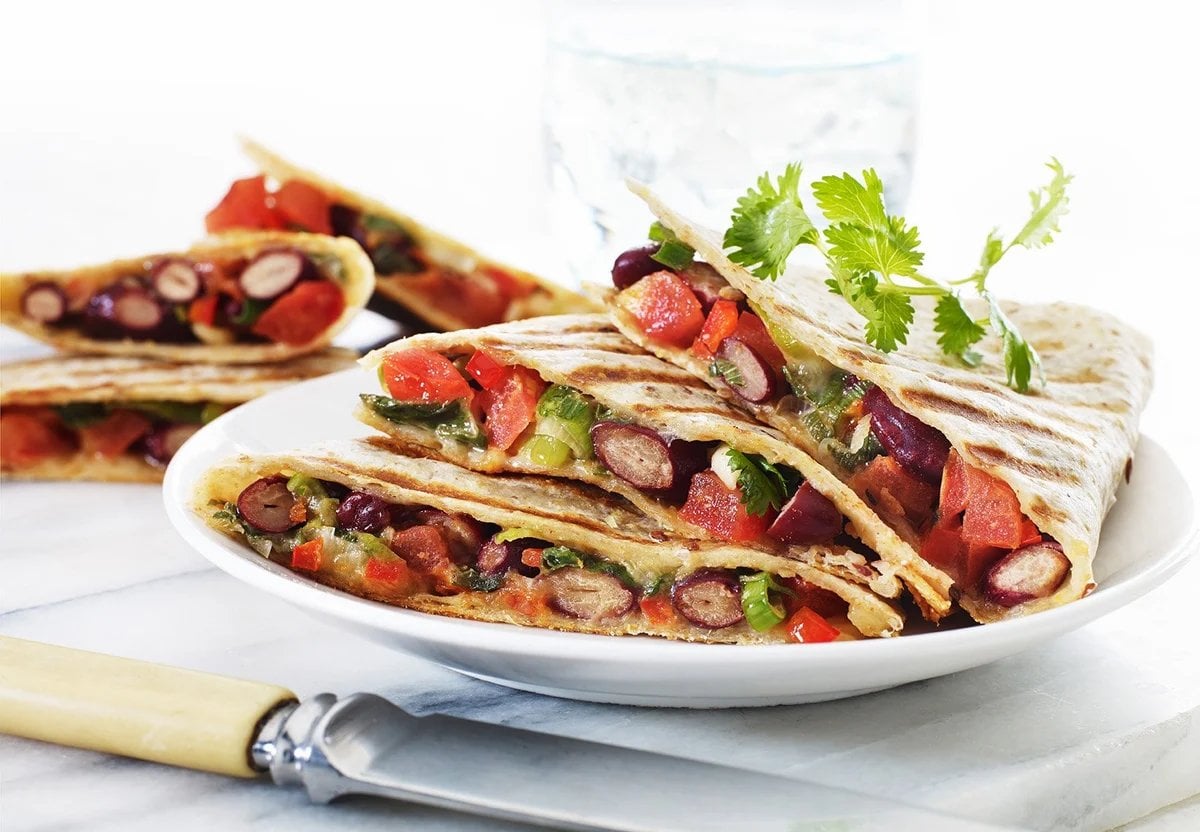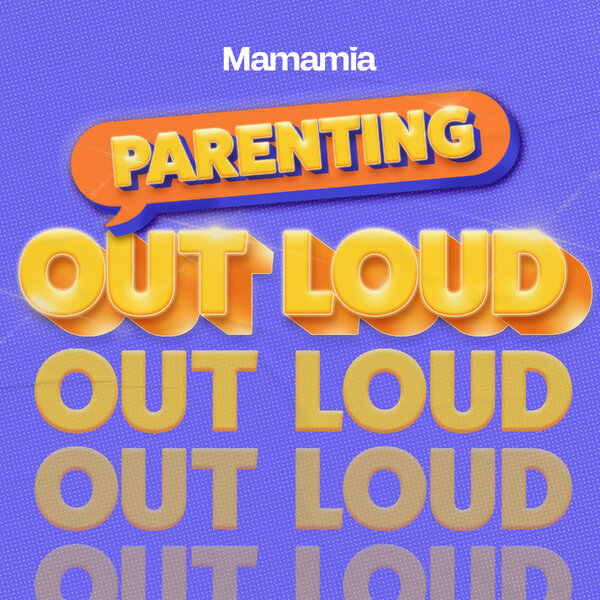

Another day, another lunchbox (or three). And by this point in the year, I hear you — inspiration is fading and it’s all too tempting to reach for the easiest not-so-healthy lunchbox options.
And no judgement from me, I’ve been there. We've all been there, surely. Frowning at the open fridge, hoping something quick and easy that contains any skerrick of nutrition will present itself. Also hoping my kids’ teachers won’t look too closely at the contents of my boys’ lunches and judge my parenting (I’m sure they’ve got better things to do, but these are the stories I tell myself).
The mental load of lunchbox prep is heavy, especially when we’re also thinking about every other meal our kids are eating and trying to get the balance of nutrition, budget and ‘will they actually eat it?’ just right.
The lunchbox formula
So let’s go back to lunchbox basics, because there’s a simple formula to follow for lunchboxes when you’re feeling stuck: lunch, recess and snacks.
Lunch is of course, the largest portion — ideally this has grains, protein and veggies, and could be a sandwich, sushi, pasta, wrap or even leftovers. Recess is a size down from lunch, ideally a healthy snack like cheese and grainy crackers, popcorn, homemade muffins or yoghurt. And lunchbox snacks can be extra fruit and veggies — try to choose seasonal to save on costs, and choose fruits that transport well (top tip, soft fruits like raspberries don’t tend to survive too well being thrown around in a lunchbox).
Healthy recipes that actually taste good?
So far, so simple.
Where I get stuck is coming up with ideas for lunch and recess that aren’t the same old things on repeat and that my kids will actually eat.
